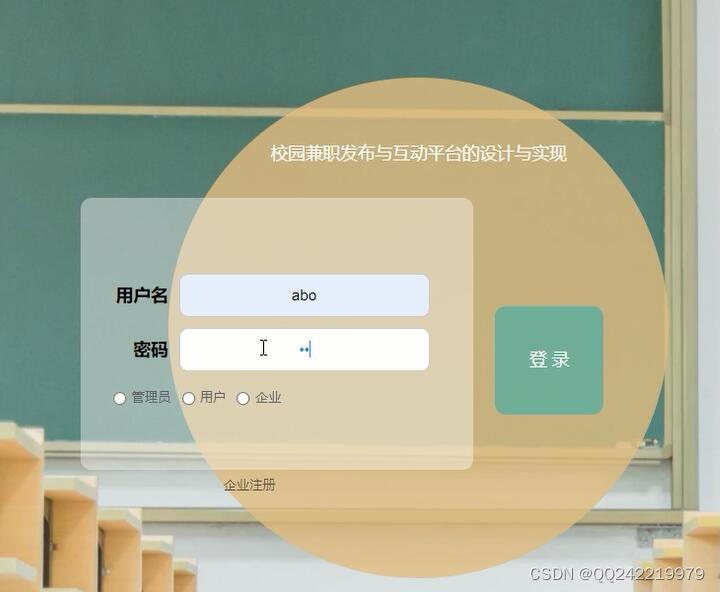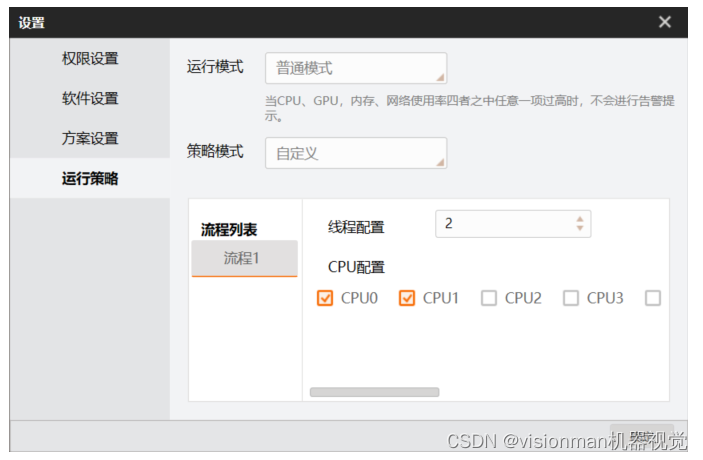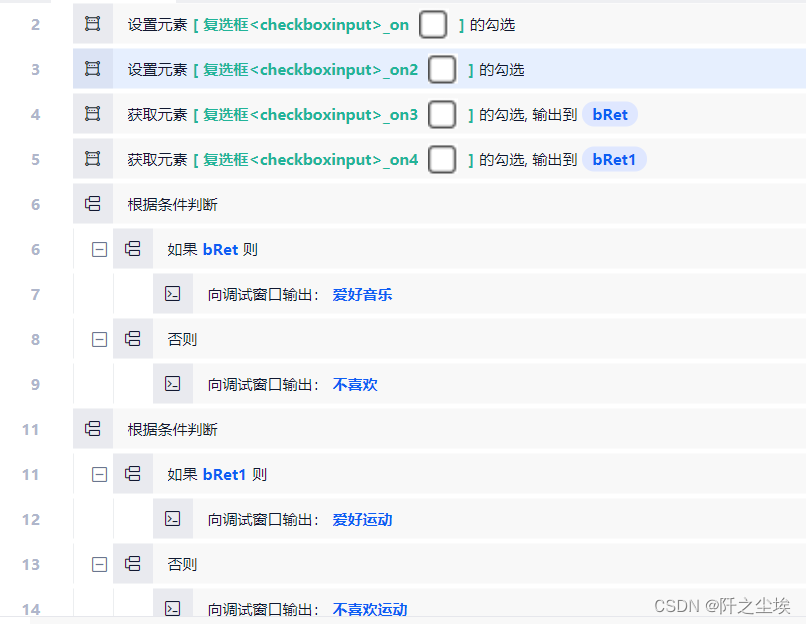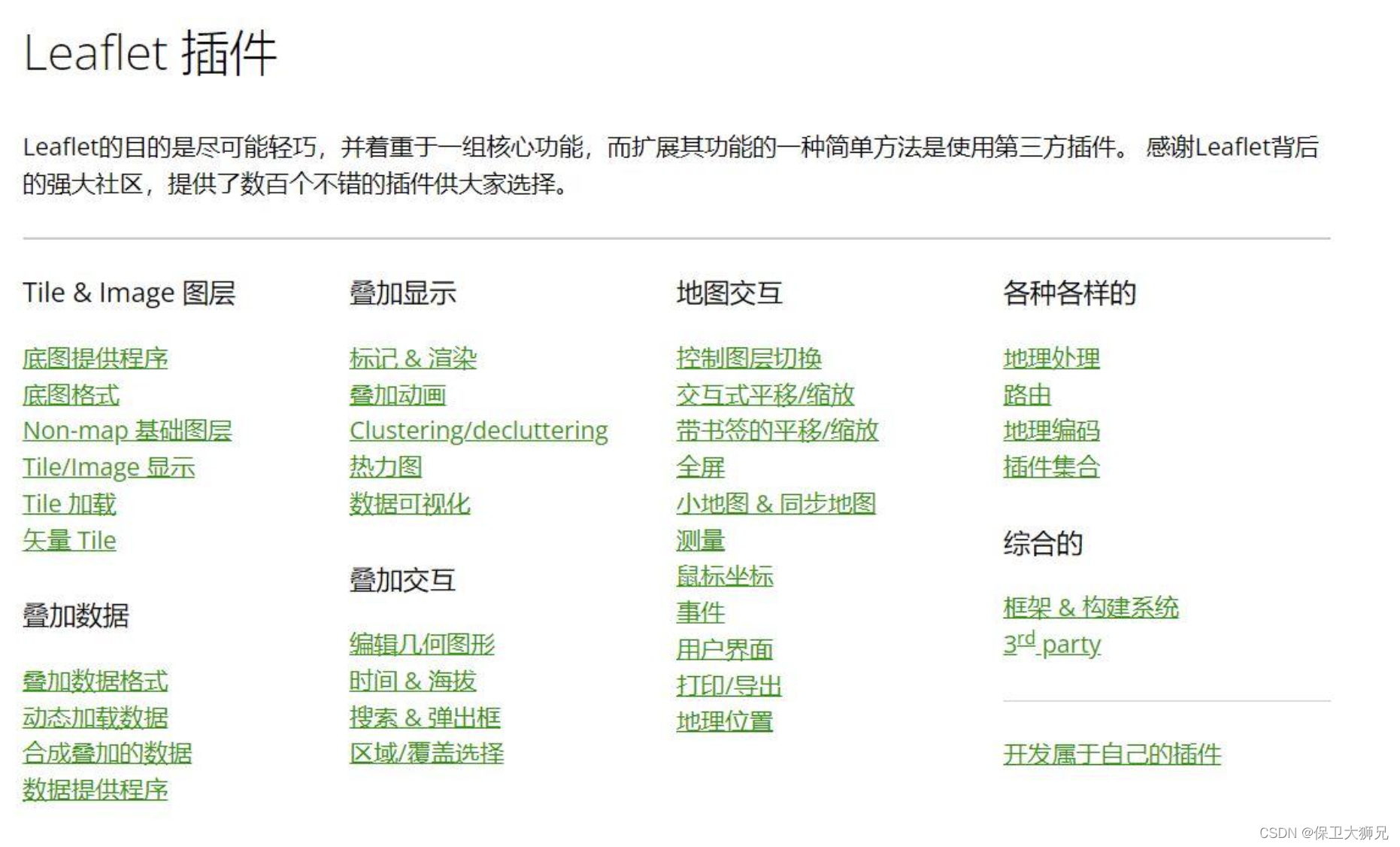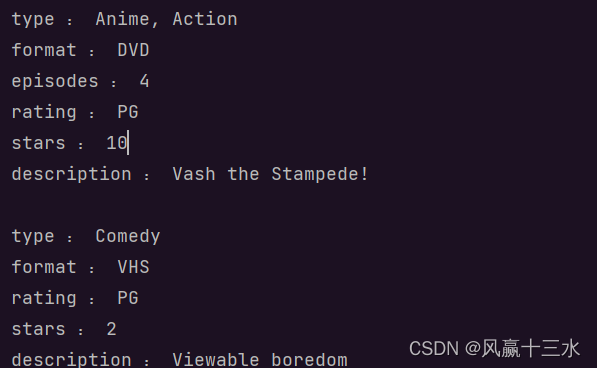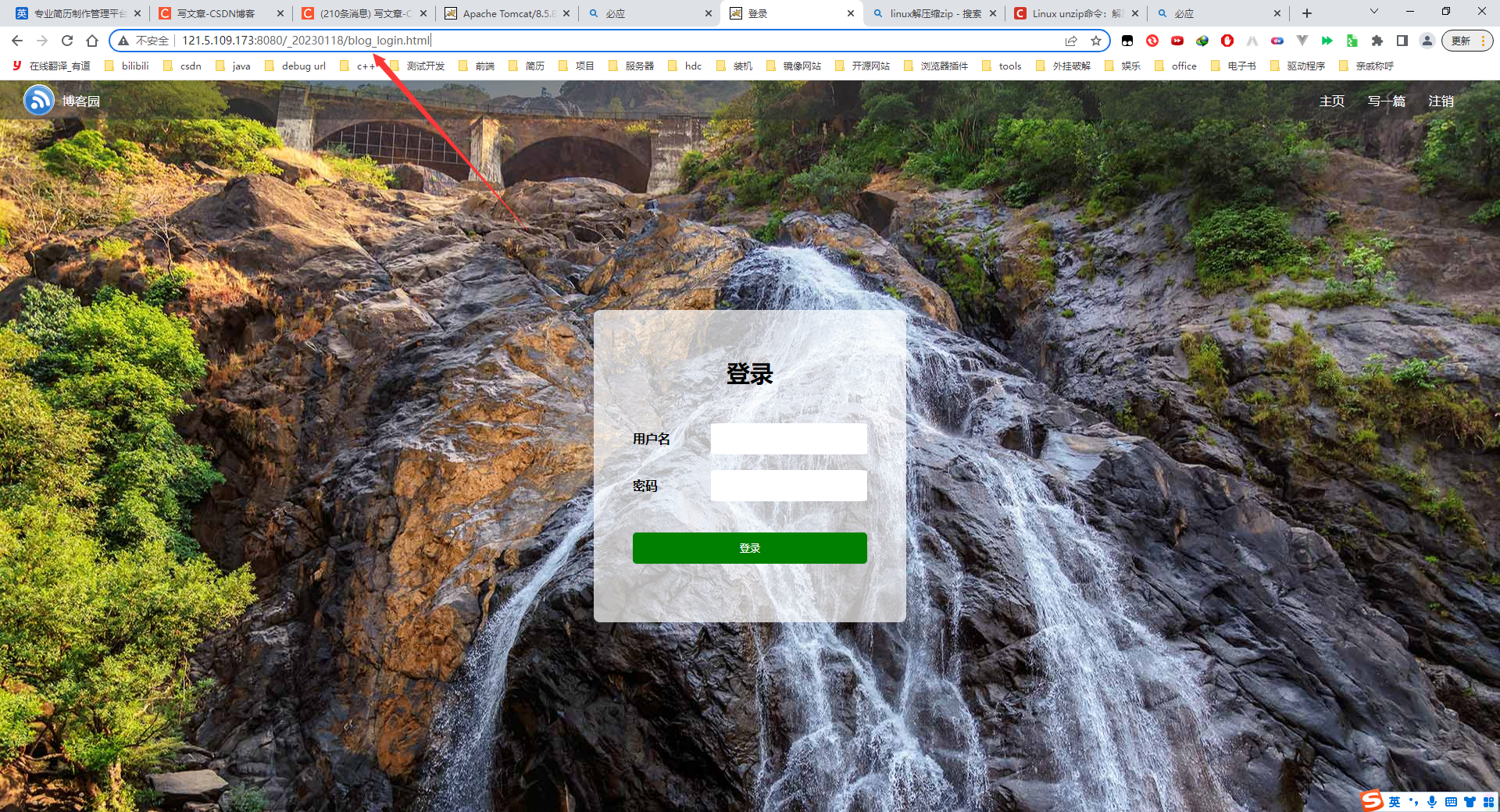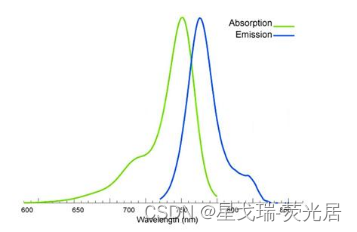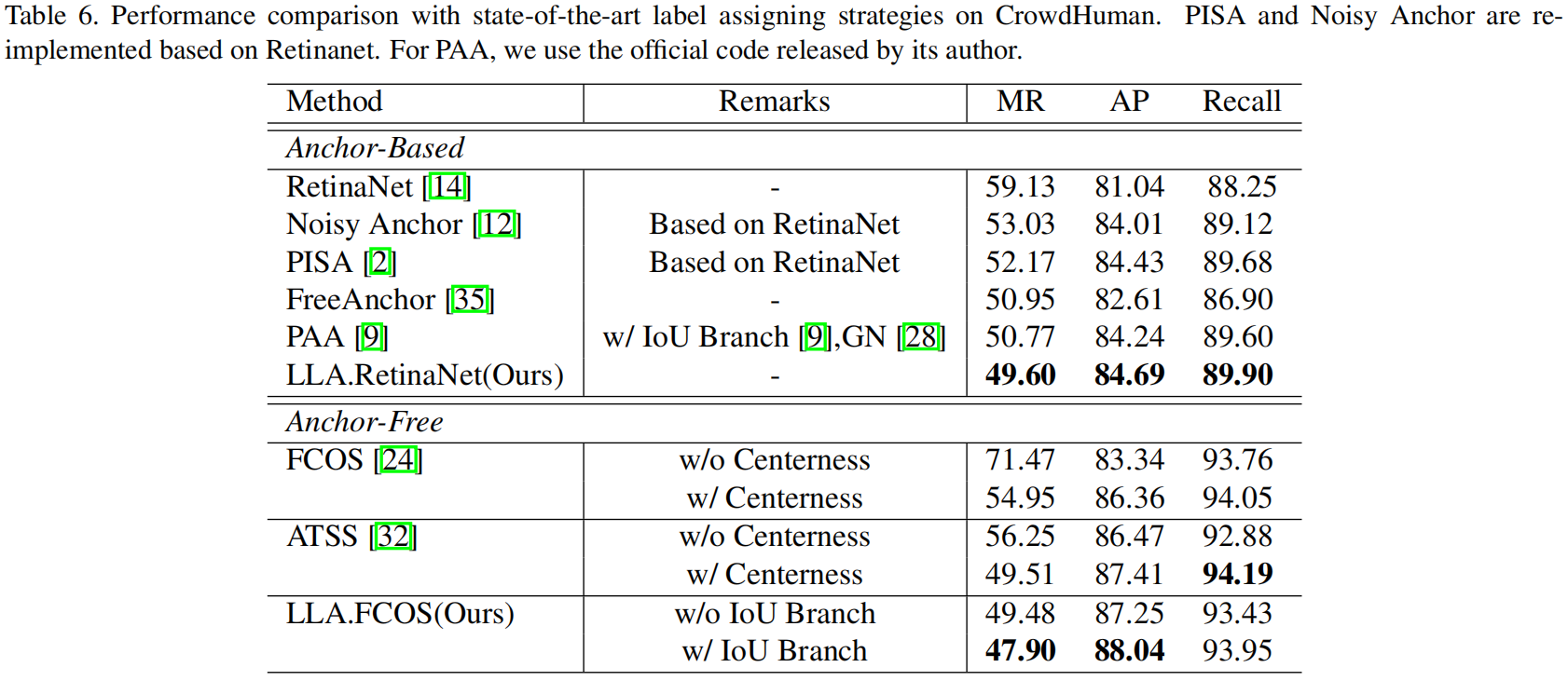1.vuex是什么
一个专门在Vue中实现集中式状态管理的一个Vue插件,可以对vue应用中多个组件的共享状态进行集中式的管理(读取/写入),也是一种组件间通信的方式,并且适用于任意组件间通信
2.什么时候使用Vuex
1.多个组件依赖于同一状态
2.来自不同组件的行为需要变更同一状态
1.1如何使用Vuex
首先我们要知道,如果使用了Vuex就大概率需要两个或者多个组件共享一套数据/状态,所以首先需要准备两个组件(分别为Count,Person),再就是我们要在src目录下添加一个store文件,因为Vuex就是依靠store来进行一系列的准备任务的
1.2Count组件
在这个组件内我们可以看到map...一堆东西,这里我们就不得不说vuex里面的四个map了,如何使用map方法我放到了最后,这里我们只介绍一下该组件的功能Count是个有着“强大”计算功能的组件,它可以进行将最后的数进行放大10倍,可以奇数运算,可以延迟运算可谓是极其的“强大”
<template>
<div>
<h3>当前和为:{{sum}}</h3>
<h3>当前和为:放大10倍:{{bigSum}}</h3>
<h3>我在{{school}},学习{{subject}}</h3>
<h3>下方组件的总人数{{personList.length}}</h3>
<select v-model.number="num">
<option value="1">1</option>
<option value="2">2</option>
<option value="3">3</option>
</select>
<button @click="increment(num)">+</button>
<button @click="decrement(num)">-</button>
<button @click="incrementOdd(num)">奇数+</button>
<button @click="incrementWait(num)">500ms后再+</button>
</div>
</template>
<script>
// 引入mapState等
import { mapState, mapGetters, mapMutations, mapActions } from "vuex";
export default {
name: "Count",
data() {
return {
num: 1 // 用户选择的数字
};
},
computed: {
// 使用mapState生成计算属性,从state种读取数据(...mapstate()的意思是将其内的对象全部展开的计算属性里面)
// ...mapState({ sum: "sum", school: "school", subject: "subject" }), // 对象写法
...mapState(["sum", "school", "subject", "personList"]), // 数组写法
// 使用mapGetters生成计算属性,从getters种读取数据
// ...mapGetters(["bigSum"]), // 数组写法
...mapGetters({ bigSum: "bigSum" }) // 数组写法
},
methods: {
// 借助mapMutations生成对应的方法,方法种会调用相应的commit去联系mutations
...mapMutations({ increment: "JIA", decrement: "JIAN" }), // 对象式
...mapActions({ incrementOdd: "jiaodd", incrementWait: "jiaWait" }) //数组式
// ...mapActions(["jiaodd", "jiaWait"]) //数组式简写
},
mounted() {
}
};
</script>
<style>
button {
margin-left: 5px;
}
</style>1.3Person组件
Person组件有着“强大”的人员添加的功能,他可以按照自己的意愿进行添加你的亲朋好友等
<template>
<div>
<h3>人员列表</h3>
<h3>Count组件的求和为{{sum}}</h3>
<input type="text" placehodler="请输入名字" v-model="name">
<button @click="add">添加</button>
<ul>
<li v-for="p in personList" :key="p.id">{{p.name}}</li>
</ul>
</div>
</template>
<script>
import { nanoid } from "nanoid";
export default {
name: "Person",
data() {
return {
name: ""
};
},
computed: {
personList() {
return this.$store.state.personList;
},
sum() {
return this.$store.state.sum;
}
},
methods: {
add() {
const personObj = { id: nanoid(), name: this.name };
this.$store.commit("ADD_PERSON", personObj);
this.name = "";
}
}
};
</script>
1.4引入组件
分别再App内引入这两个组件
<template>
<div class="container">
<Count></Count>
<Person/>
</div>
</template>
<script>
import Count from "./components/Count";
import Person from "./components/Person";
export default {
name: "App",
components: { Count, Person }
};
</script>1.5配置store文件夹下的index.js
要在store文件夹下面新建一个index.js文件,然后再index文件里面进行写入如下代码,首先是引入vue和vuex,再使用action进行动作响应,在这里我们可以接收到两个参数分别式context和value他们分别式上下文和所传入的值,我们可以再context身上发现我们所配置的state里面的所有东西,这就是context身上的东西,和value,这里value的值就是1

// 创建VUex种的store核心
import Vue from 'vue'
// 引入Vuex
import Vuex from 'vuex'
// 使用vuex插件
Vue.use(Vuex)
// 准备actions——用于组件内的动作响应
const actions = {
// 奇数加法
jiaodd(context, value) {
if (context.state.sum % 2) {
context.commit('JIA', value)
}
},
// 延迟加
jiaWait(context, value) {
setTimeout(() => {
context.commit("JIA", value)
}, 500);
},
}
// 准备mutations——用于数据操作
const mutations = {
JIA(state, value) {
state.sum += value
},
JIAN(state, value) {
state.sum -= value
},
ADD_PERSON(state, value) {
console.log('mustations种的ADD_PERSON被调用',state.personList);
state.personList.unshift(value)
}
}
// 准备state——用于数据的储存
const state = {
sum: 0, // 当前和
school: '山鱼小学',
subject: '前端',
personList:[{id:'001',name:'张三'}]
}
// 用于加工state种的数据
const getters = {
bigSum(state) {
return state.sum * 10
}
}
// 创建store并且暴露store
export default new Vuex.Store({
// actions: actions,// 前后名称一样所以可以触发简写模式
actions,
mutations,
state,
getters
});3.四个map方法的使用
1.mapState:用于帮助我们映射state中的数据为计算属性
computed: {
// 使用mapState生成计算属性,从state种读取数据(...mapstate({})的意思是将其内的对象全部展开的计算属性里面)
...mapState({ sum: "sum", school: "school", subject: "subject" }), // 对象写法
// ...mapState(["sum", "school", "subject"]), // 数组写法
}2.mapGetters:用于帮助我们映射getters中的数据为计算属性
computed: {
// 使用mapGetters生成计算属性,从getters种读取数据
...mapGetters({bigSum:"bigSum"})
...mapGetters(["bigSum"])
}3.mapMutations:用于帮助我们生成与mutations交流的方法,包含$store.commit()的函数
methods: {
// 借助mapMutations生成对应的方法,方法种会调用相应的commit去联系mutations
...mapMutations({ increment: "JIA", decrement: "JIAN" }), // 对象式
// ...mapMutations(["JIA", "JIAN"]), // 数组式(button的名字和vuex里面的名字必须统一)
},3.mapActions:用于帮助我们生成与mutations交流的方法,包含$store.commit()的函数
methods: {
// 借助mapActions生成对应的方法,方法种会调用相应的dispath去联系actions
...mapActions({ incrementOdd: "jiaodd", incrementWait: "jiaWait" }), //对象式
// ...mapActions(["jiaodd", "jiaWait"]) //数组式
},注:mapActions与mapMutations使用时,若需要传递参数需要在模板中绑定事件时传递好参数,否则参数是事件对象。
4.模块化编码+命名空间
小a:“为啥要开启这个捏?”山鱼:“当然是让代码更好维护,让多种数据分类更加明确。”
小a:“那如何才能做到模块化编码+命名空间呢”
山鱼:“只需要这样即可”
namespaced: true将Count组件和Person组件里面的东西全部放到store里面
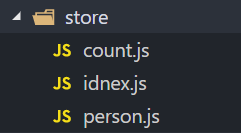
// Count的相关配置
export default {
namespaced: true,
actions: {
// 奇数加法
jiaodd(context, value) {
if (context.state.sum % 2) {
context.commit('JIA', value)
}
},
// 延迟加
jiaWait(context, value) {
setTimeout(() => {
context.commit("JIA", value)
}, 500);
},
},
mutations: {
JIA(state, value) {
state.sum += value
},
JIAN(state, value) {
state.sum -= value
},
},
state: {
sum: 0, // 当前和
school: '山鱼小学',
subject: '前端',
},
getters: {
bigSum(state) {
return state.sum * 10
}
}
}2.开启命名空间后读取state的数据
computed: {
// 自己读取
personList() {
returnthis.$store.state.personAbout.personList;
},
sum() {
returnthis.$store.state.countAbout.sum;
},
},
// 借助mapState读取
computed: {
...mapState("countAbout", ["sum", "subject", "school"]),
...mapState("personAbout", ["personList"])
},3.开启命名空间后,组件中读取getters数据
computed: {
// 自己读取
firstName() {
returnthis.$store.getters["personAbout/firstPersonName"];
}
},
methods: {
// 借助mapGetters读取
// 借助mapMutations生成对应的方法,方法种会调用相应的commit去联系mutations
...mapMutations('countAbout',{ increment: "JIA", decrement: "JIAN" }), // 对象式
...mapActions('countAbout',{ incrementOdd: "jiaodd", incrementWait: "jiaWait" }) //对象式
},4.开启命名空间后,组件中调用dispatch
methods: {
// 直接dispath
addWang() {
constpersonObj= { id: nanoid(), name: this.name };
this.$store.dispatch("personAbout/addNameWang", personObj);
this.name="";
},
},
//借助mapGetters读取:
computed: {
...mapGetters('countAbout',['bigSum'])
},
5.开启命名空间后,组件中调用commit
methods: {
// 直接调用
add() {
constpersonObj= { id: nanoid(), name: this.name };
this.$store.commit("personAbout/ADD_PERSON", personObj);
this.name="";
},
}
methods: {
// 借助mapMutations生成对应的方法,方法种会调用相应的commit去联系mutations
...mapMutations('countAbout',{ increment: "JIA", decrement: "JIAN" }), // 对象式
},
}只能说模块化很香,代码更清晰数据更分明,后期维护也很niue,今天的小a就到这里了
点赞:您的赞赏是我前进的动力! 👍
收藏:您的支持我是创作的源泉! ⭐
评论:您的建议是我改进的良药! ✍
JavaScript专栏: 小嘎鱼学JS
Vue专栏: 小嘎鱼学Vue
山鱼的个人社区:欢迎大家加入我的个人社区—— 山鱼社区



